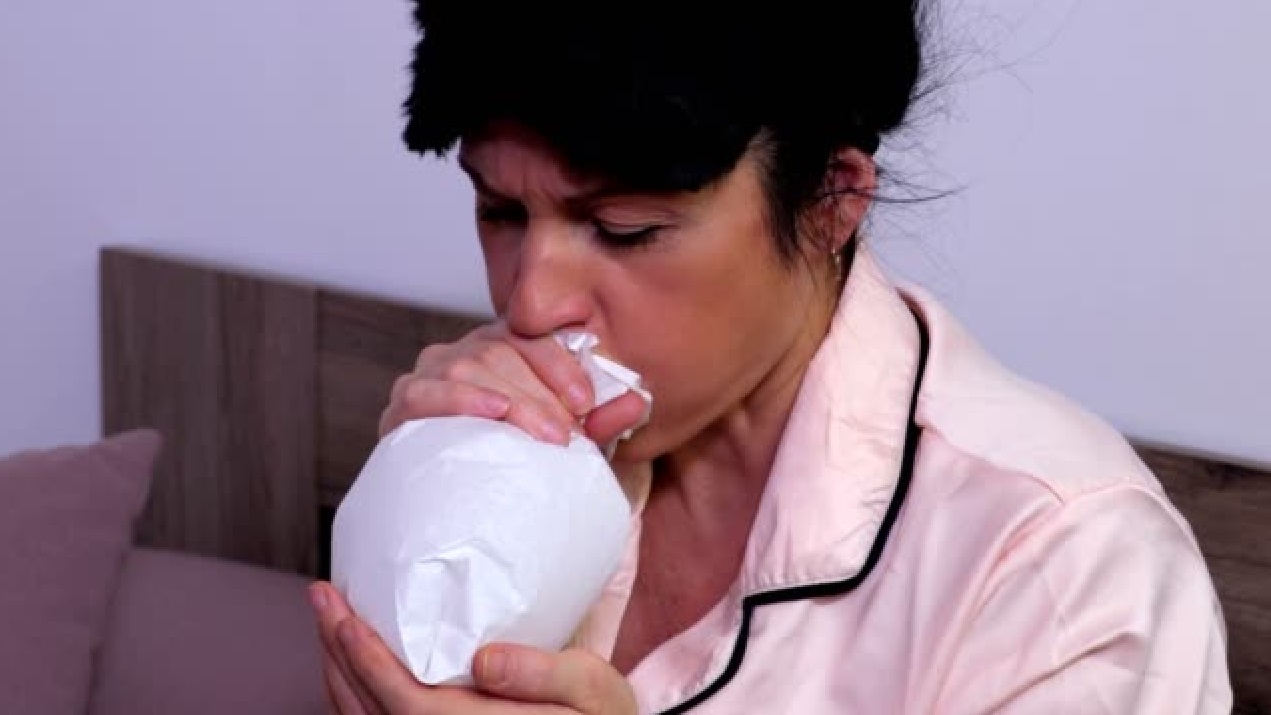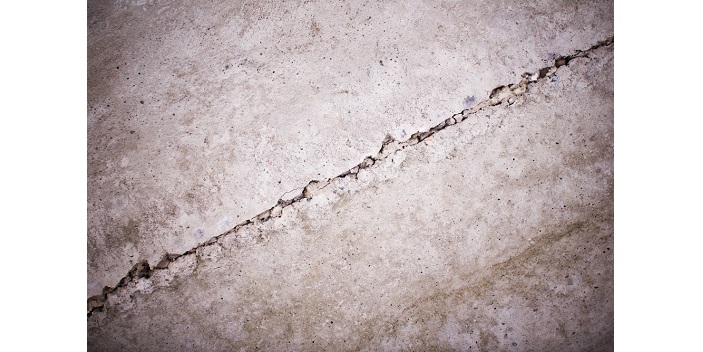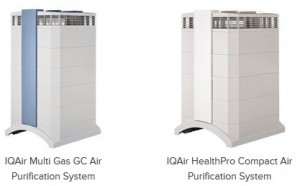Have you ever wondered whether the air that we breathe indoors can be equally harmful as outdoors?
When it comes to healthy living, the air that circulates inside our house is often more crucial than the outdoor air, pollution, smog and other environmental factors. Research suggests that the indoor environments can have up to five times more pollutants than outdoor ones thus affecting several parts of our body including skin, lungs, nose, eyes, and throat among others. Once inhaled, these very air pollutants can continue to have harmful effects as and when it is processed through our systems. Just think over it. Ever felt stuffy in a room only to feel refreshed once you have stepped out? That lethargic feeling is directly related to the poor quality of air inside the house. And when you are exposed to such an indoor environment year after year, it can have a serious effect on your daily life.
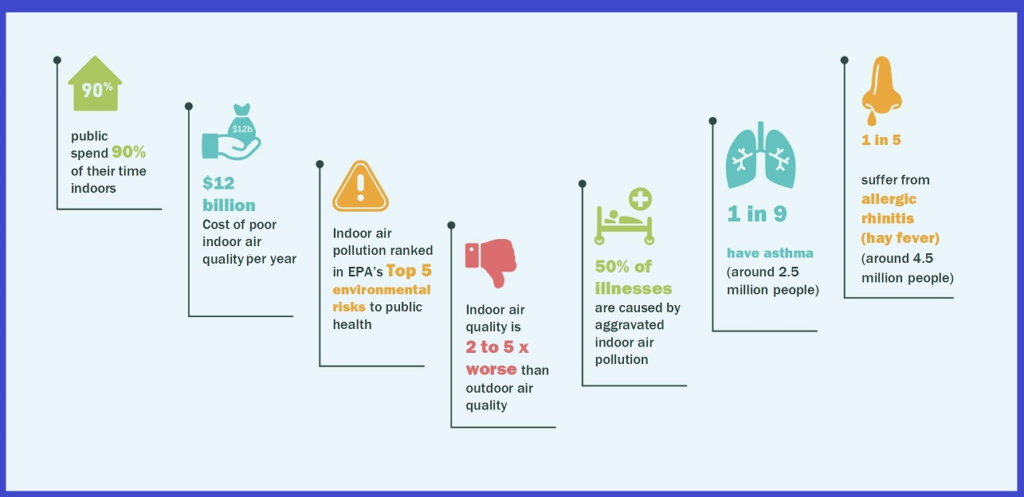
What are the root causes of poor indoor air quality?
According to the experts from The American Society of Heating, Refrigeration, and Air-Conditioning Engineers (ASHRAE) here are the factors that can lead to poor indoor air quality:
- Building Design and construction
- Building wasn’t checked thoroughly to see if it was suitable for the occupants
- Ventilation systems are dirty and damp
- Indoor contaminant sources
- The equipment and activities carried out indoors that add to the contaminants
- Moisture trapped in the building enclosures
- Failure to check filtration and air cleaning
- Poor outdoor air quality
- Poor ventilation rates
With Canadians spending over 90% of their time staying indoors combined with the COVID-19 pandemic, it is now more than ever that the role of indoor air quality has gained prominence. First, we need to understand the need for getting an air quality test done within your premises.
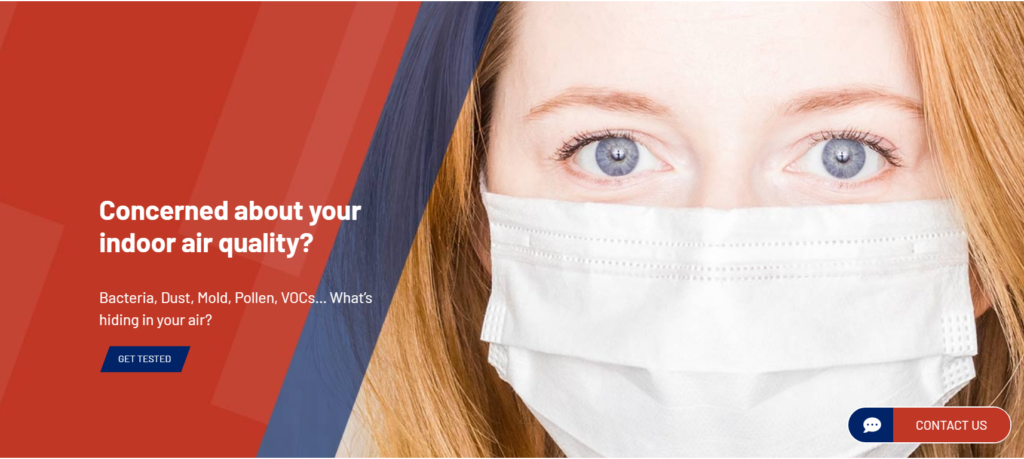
Why is an Indoor Air Quality Testing required?
- Healthy buildings improve performance and productivity of the residents
- Healthy folks take lesser sick leaves
- The test validates your space’s current indoor air quality
- Verification of your space meeting the indoor air quality standards
- Address any concern or issue arising due to a complaint
- Prioritize the health and safety of the occupants
- Obtain or renew LEED, WELL or BOMA BEST certification
Gateway Mechanical as a company continuously strives to assess, audit and improve health and safety program to reduce the risk of injury in a changing work environment. The indoor air quality test offered by Gateway Mechanical will solve all your queries regarding the health of your space’s air quality. This test investigates the air quality within your premises for the following:
- Temperature
- Relative Humidity
- Particulate counts for PM2.5 and PM10
- Carbon dioxide (CO2)
- Carbon monoxide (CO)
- Total volatile organic compounds (TVOC)
- Ammonia (NH3)
- Chlorine (Cl)
- Formaldehyde (HCHO)
- Hydrogen Sulphide (H2S)
- Nitrogen Oxide (NO)
- Sulphur Dioxide (S02)
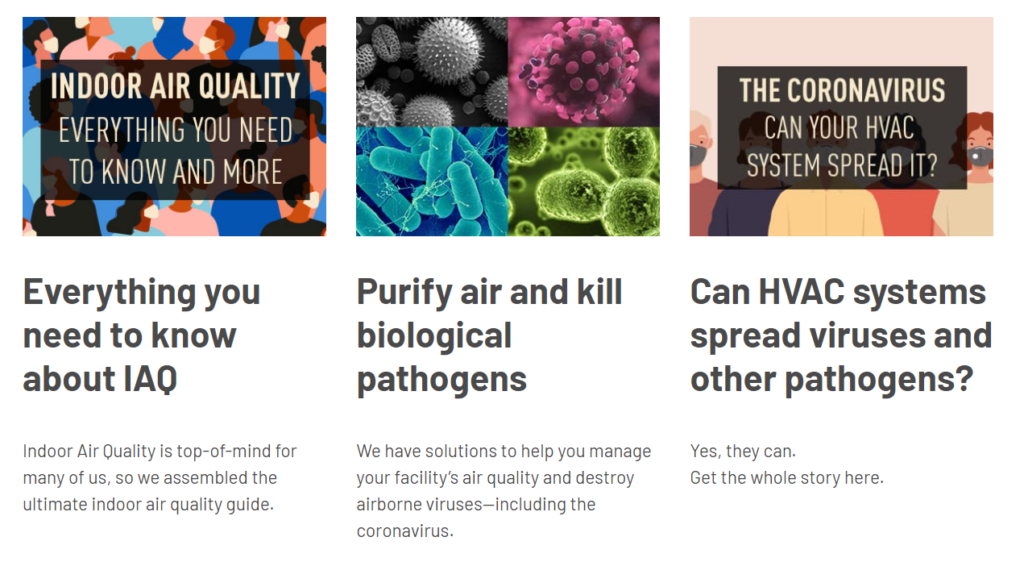
For in depth information on the procedures involved in getting the Gateway Mechanical air quality testing done within your premises, you can always go and check out on gatewaymechanical.ca
It turns out there’s a lot we can do to control and reduce these contaminants to make our facilities, buildings, and spaces safer. To summarize, good indoor air quality significantly increases occupant health and experience in the provided space, enhances performance and productivity, drastically reduces absenteeism, optimizes returns on your investments, and eventually boosts your triple bottom line. For the Silo, Mike Robert.
